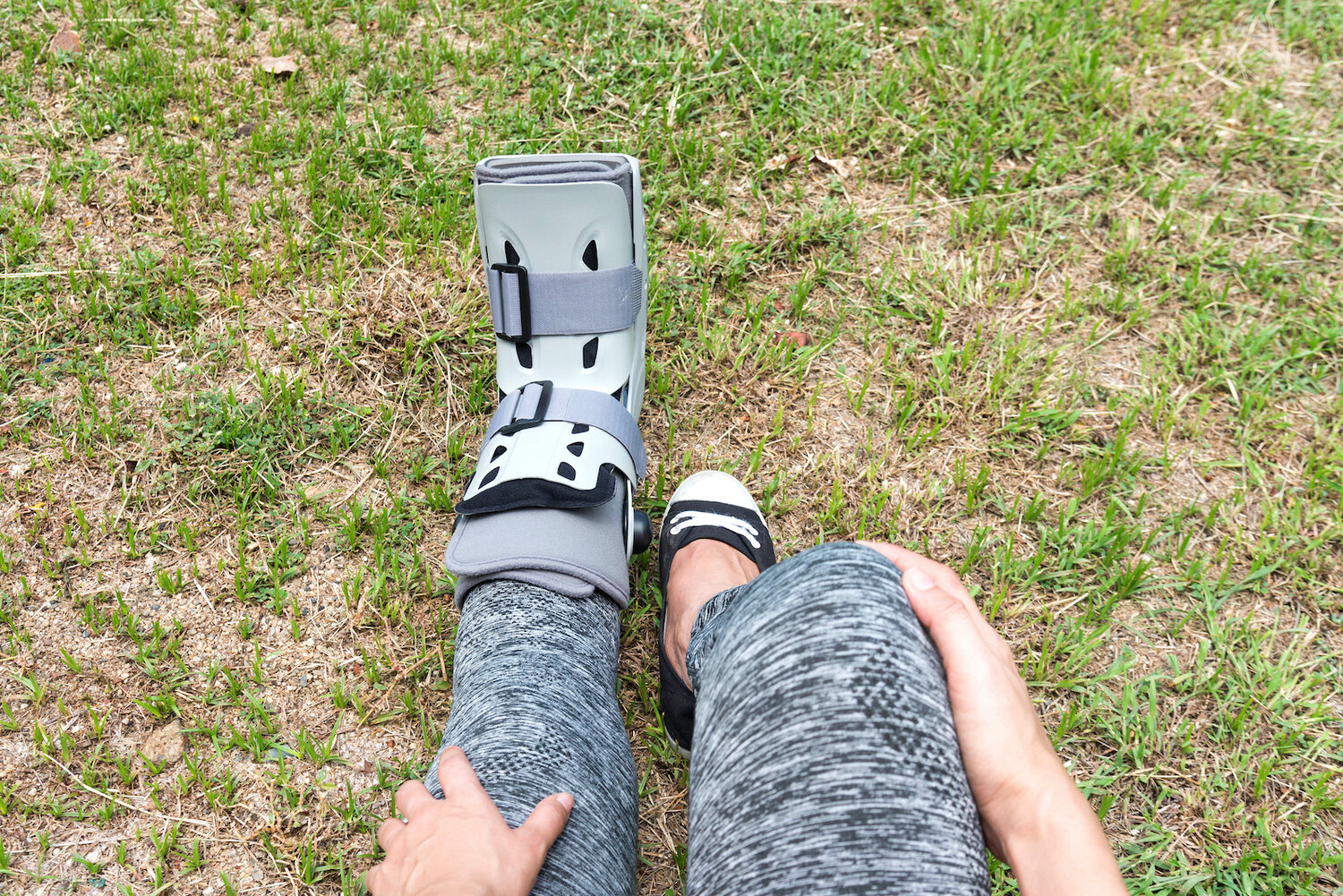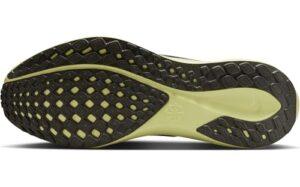If you’ve recently had bunion surgery, you’re probably wondering when—or if—you can wear high heels again. You might miss the confidence and style that come with slipping into your favorite heels.
But your feet need care and healing first. What if wearing high heels too soon could cause pain or even harm your recovery? You’ll discover exactly when it’s safe to wear high heels after bunion surgery, what to watch out for, and tips to keep your feet comfortable and healthy.
Keep reading to find out how to get back to your favorite shoes without risking your recovery.
Recovery Timeline After Bunion Surgery
After bunion surgery, the foot needs rest to heal properly. Immediate careincludes keeping the foot elevated and using ice to reduce swelling. Avoid putting weight on the foot for the first few days. Use crutches or a walker as advised by your doctor.
Walking can usually startwithin 1-2 weeks, but it depends on the surgery type. Start with short, slow steps. Wear a special shoe or boot to protect the foot. Gradually increase walking time as comfort allows.
Healing stagesmay take several weeks. The foot may feel sore and sensitive. Swelling can last for months. Avoid tight shoes and high heels during this time. Soft, comfortable shoes are best until full healing occurs.
Risks Of Wearing High Heels Too Soon
Wearing high heels too soonafter bunion surgery can harm the surgical site. It puts extra pressureon the foot, which may cause the wound to open or get infected. This can lead to pain and swelling, making walking hard and uncomfortable.
The foot needs time to heal properly. High heels can delay healingby forcing the foot into an unnatural shape. This may cause the bones and tissues to take longer to recover. Swelling might last longer, and the risk of complications rises.
| Risk | Effect |
|---|---|
| Impact on Surgical Site | Pressure can open wounds or cause infection |
| Potential for Pain and Swelling | Walking becomes painful and difficult |
| Delayed Healing Concerns | Foot takes longer to heal and recover |
Choosing Safe Footwear Post-surgery
Choosing the right shoes after bunion surgery helps healing. Low heelsunder 2 inches are best to avoid pressure on your foot. Avoid high heels until your foot is fully healed.
Shoes with wide toe boxesgive your toes space to move. Soft, stretchable materials reduce irritation. Look for shoes with good arch supportto keep your foot stable.
Features like cushioned insoles and firm heel counters add comfort and support. Slip-on shoes or those with adjustable straps are easier to wear during recovery.
| Best Shoe Types | Heel Height | Supportive Features |
|---|---|---|
| Walking shoes | Below 2 inches | Wide toe box, cushioned insoles |
| Orthopedic shoes | Flat or very low | Firm heel counter, arch support |
| Slip-ons with straps | Low heels | Adjustable straps, soft upper |

Credit: www.southfloridasportsmedicine.com
Expert Tips For Wearing High Heels Safely
Start with low heelsto avoid pressure on your feet. Increase heel height slowlyover time. This helps your feet adjustand heal better.
Use soft insertsor cushions inside your shoes. They reduce painand protect the bunion area. Inserts also help keep your foot stable.
Wear high heels for short periodsonly. Limit the time to avoid stresson your feet. Take breaks and rest your feet often.
When To Consult Your Surgeon
Signs of complicationsinclude swelling, pain, redness, or fever. These may mean infection or healing problems. Contact your surgeon quickly if these happen. Do not ignore worsening symptoms or new pain after surgery.
Customizing footwear advicedepends on your healing progress. Soft, wide shoes with low heels are usually best first. High heels may cause pressure and delay healing. Your surgeon will guide when and how to wear different shoes safely.
Follow-up appointmentshelp track your recovery. Surgeons check bone healing and foot shape. They adjust advice about walking and shoe types. Regular visits ensure you heal well and avoid problems.

Credit: www.snugsafe.com

Credit: www.riverpodiatry.com
Frequently Asked Questions
Can I Wear High Heels Immediately After Bunion Surgery?
No, wearing high heels immediately after bunion surgery is not recommended. Your foot needs time to heal properly. High heels can cause pressure and delay recovery. Wait for your doctor’s approval before resuming high heel use.
When Is It Safe To Wear High Heels Post-surgery?
Typically, you can wear high heels 3 to 6 months after bunion surgery. Healing varies by individual and surgery type. Always follow your surgeon’s advice for timing and footwear choices to avoid complications.
How Do High Heels Affect Bunion Surgery Recovery?
High heels put extra pressure on the front of the foot. This pressure can cause pain, swelling, and slow healing after bunion surgery. Wearing flat, supportive shoes is best during recovery to protect your foot.
What Type Of Shoes Are Best After Bunion Surgery?
After bunion surgery, wear shoes with a wide toe box and good arch support. Avoid tight, narrow, or high-heeled shoes. Comfortable, supportive footwear helps reduce pain and promotes faster healing.
Conclusion
Wearing high heels after bunion surgery needs care and patience. Wait until your foot heals fully and follow your doctor’s advice. Choose shoes with good support and a wide toe box. Start with low heels to avoid pain and pressure.
Your comfort and foot health must come first. Taking these steps helps prevent problems and speeds recovery. Give your feet time to adjust before trying higher heels. This way, you protect your surgery results and stay comfortable. Remember, healthy feet help you enjoy every step you take.

Madison Clark is a footwear expert and the voice behind MyStyleGrid.com. She specializes in honest shoe reviews, style tips, and practical guides to help readers find the perfect pair for any occasion. With years of experience in blogging and content creation, Madison makes footwear knowledge simple, stylish, and easy to follow.






